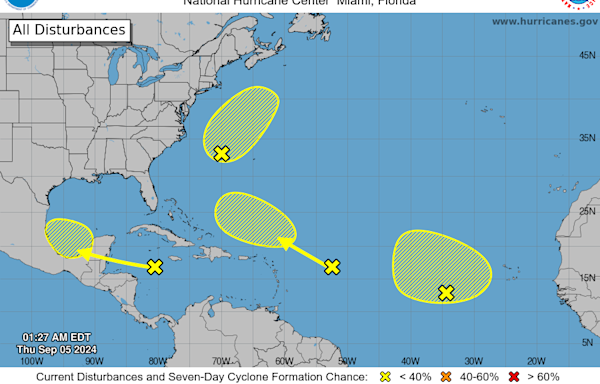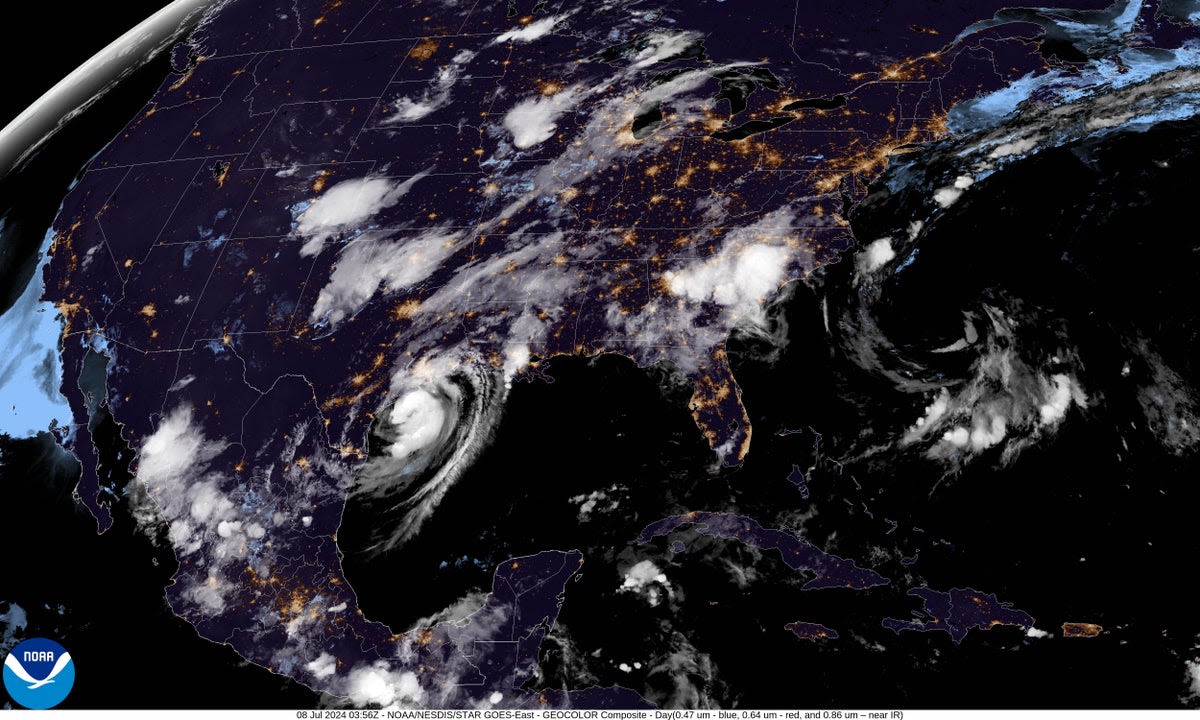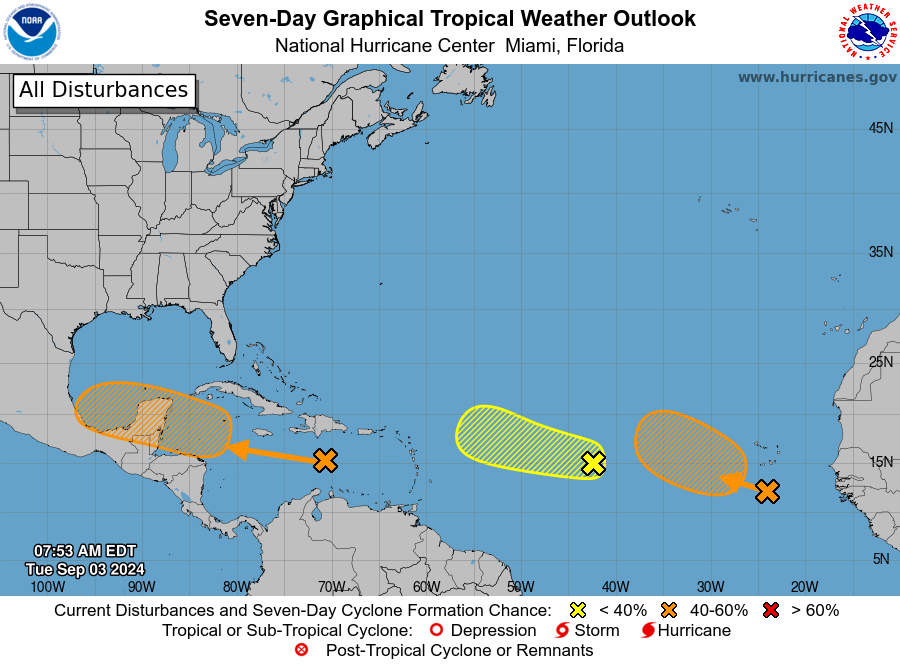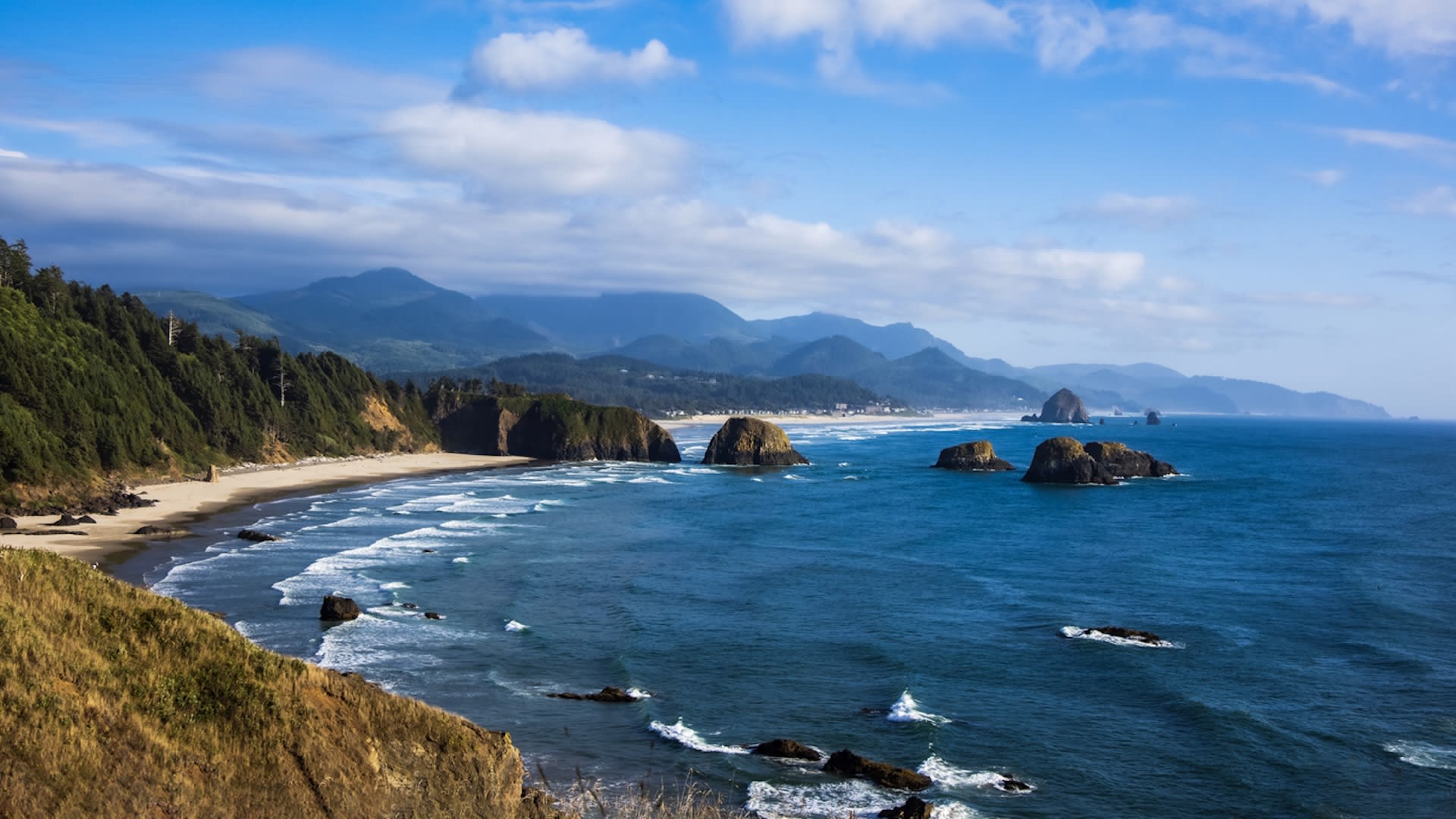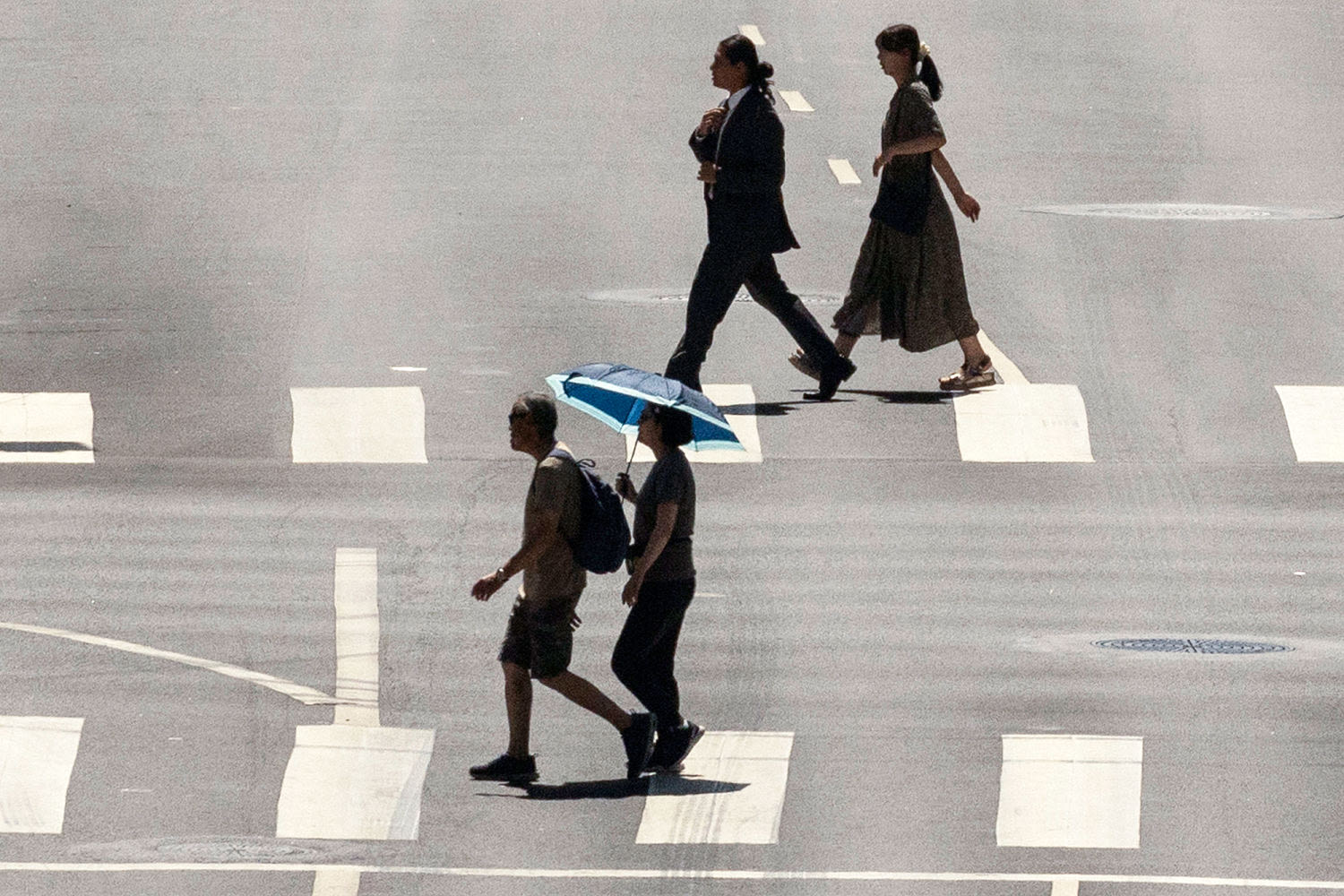Search results
News about National Hurricane Center, Atlantic Ocean, tropical waves
News about Department of Energy, Oregon, Porto
Also in the news
Jul 10, 2016 · Watch the ad-free, black screen version of this video by joining our Dream Team channel membership tier! https://www.youtube.com/channel/UCbunYN0o9Yaid7zHaor...
Waves are caused by energy passing through the water, causing the water to move in a circular motion. Waves in the wrong form can spell trouble for remotely operated vehicle operations. During the 2021 North Atlantic Stepping Stones: New England and Corner Rise Seamounts expedition, 25-knot winds and sustained swells resulted in a cancelled ...
Surface Waves. Waves on the ocean surface are usually formed by wind. When wind blows, it transfers the energy through friction. The faster the wind, the longer it blows, or the farther it can blow uninterrupted, the bigger the waves. Therefore, a wave's size depends on wind speed, wind duration, and the area over which the wind is blowing (the ...
Jun 16, 2024 · Waves are most commonly caused by wind. Wind-driven waves, or surface waves, are created by the friction between wind and surface water. As wind blows across the surface of the ocean or a lake, the continual disturbance creates a wave crest. These types of waves are found globally across the open ocean and along the coast.
The wave crests, curling over the top and tumbling over itself. It crashes onto shore and slides up the beach before retreating. Not all waves crest on shore the way wind-caused waves do. Big storms can cause storm surges. Underwater earthquakes or mudslides can cause long waves called tsunamis.
Original run. December 25, 1995. Ocean Waves, known in Japan as I Can Hear the Sea (Japanese: 海がきこえる, Hepburn: Umi ga Kikoeru), is a 1993 Japanese anime coming-of-age romantic drama television film directed by Tomomi Mochizuki and written by Keiko Niwa (credited as Kaoru Nakamura) based on the 1990–1992 novel of the same name by ...
Ocean waves are disturbances in the surface of the ocean. Ocean waves come in many shapes and sizes, ranging in length from a fraction of a centimeter for the smallest ripples to half the circumference of Earth for the tides. They are formed by wind, gravity, earthquakes, and submarine landslides disturbing the water surface.
Oct 14, 2022 · In fact, wind is the most common cause for waves. Because the friction between wind and surface water creates wind-driven waves, or surface waves. So, as wind blows across the surface of the ocean ...
Ocean Waves. Ocean waves exist at the sea surface and act as a buffer for exchanges between the ocean and the atmosphere. The energy of a wave is driven by the wind and propagated from one region to another, until waves break and their energy is released. By doing so, ocean waves participate in climate regulation.
Learn why the ocean has waves. Waves transmit energy, not water, and are commonly caused by the wind as it blows across the ocean, lakes, and rivers. Waves caused by the gravitational pull of the moon and the sun are called tides. The ebb and flow of waves and tides are the life force of our world ocean.
